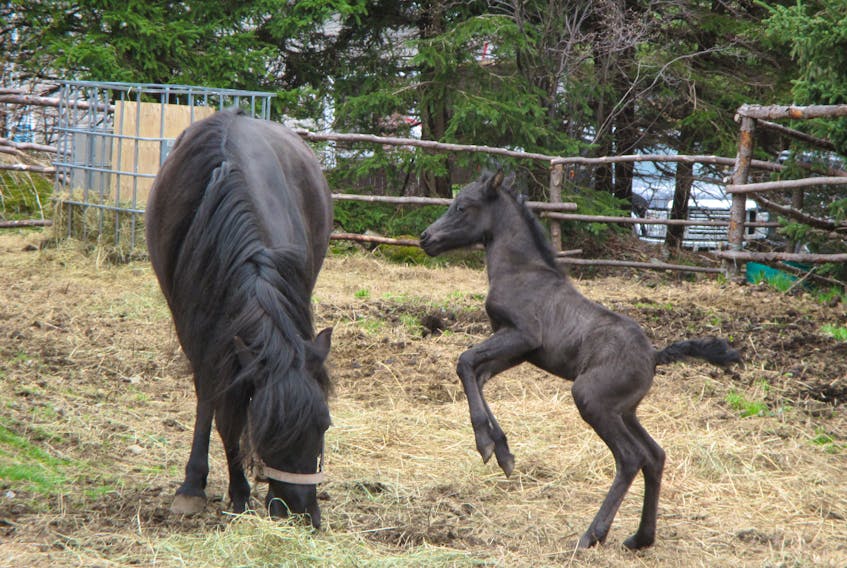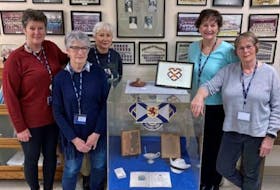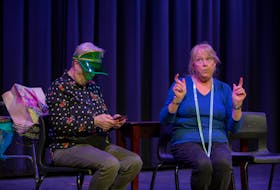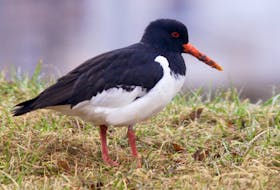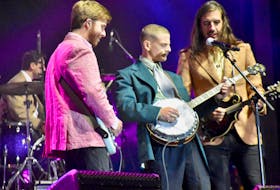SOUTH RIVER, N.L. — If it wasn’t for the Newfoundland pony, the people of the province would have died from hunger or the cold, says Byron Hierlihy.
“They hauled the wood to heat the homes, they were part of the families, they plowed the ground for vegetables and (were) transportation,” he said. “That’s the only way people would have survived here on this island.”
But as the tractor, electricity and motorized vehicles became more common, the Newfoundland ponies’ numbers dwindled.

Hierlihy has two Newfoundland ponies on his property in South River, a small town in Conception Bay. He fears as our population ages, the appreciation for the animals is disappearing, and with that, so too will the pony.
So, he’s happy to hear the Newfoundland Pony Society has recently announced a fundraising campaign for its 40th anniversary with the goal of raising $250,000 to establish a Newfoundland Pony Heritage Park near Hopeall in Trinity Bay.
“Basically, it’s going to save the breed,” Hierlihy said. “The survival of these ponies depends on people getting involved, especially young people.”
And he’s hopeful it can serve as a way to educate the public on the history of the animal.
“Basically, it’s going to save the breed. The survival of these ponies depends on people getting involved, especially young people.”
Libby Carew is a member-at-large with the Newfoundland Pony Society and said while the idea has been around for a while, the society only received the land from the provincial government in 2018.
“It’s agricultural land, so it’s suitable for grazing,” she said. “(But) for us, it’s an ideal location because it’s really embedded in an area where there are a number of communities … with significant tourism potential, we think.”
Having a pasture means owners of Newfoundland ponies will pay significantly less money during the summer months, as the animals will be free to roam and graze.
“For the ponies, they’re happy as well, it changes it up for them for the summer, they can be there in the herds,” Carew said.
Carew says it's important to remember the ponies are historic and cultural icons of Newfoundland and Labrador.
“They helped build Newfoundland,” she said. “If people understood more the importance of this animal … they‘d be interested in making sure that they’re there for future generations to enjoy.”
They plan to create an easily accessible place for people to learn about the ponies as they watch them graze.

Twitter: @AndrewLWaterman
Andrew Waterman reports on East Coast culture

